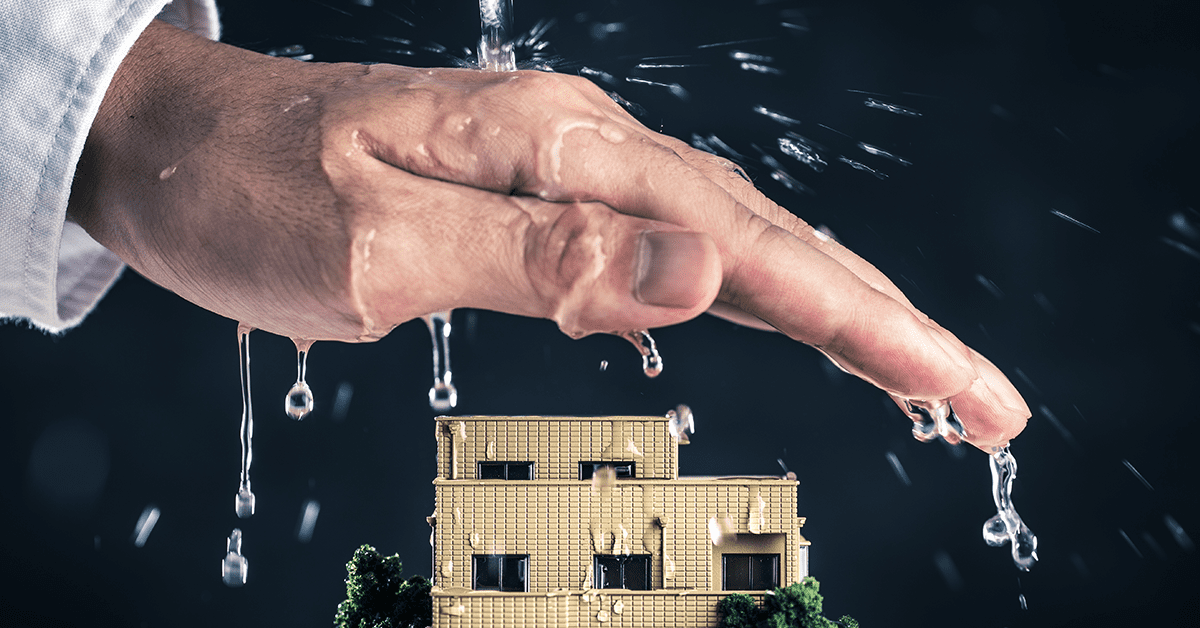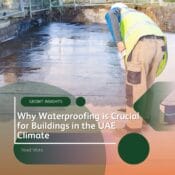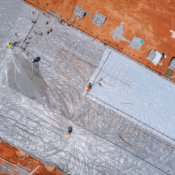
New Trends in Waterproofing
Waterproofing is the process of making an object or structure resistant to water damage. As building materials and construction methods evolve, so do waterproofing techniques. Here are some of the latest trends in waterproofing technology:
Advanced Membranes
Membranes are thin sheets of material that block water but allow water vapor to pass through. New membrane materials like thermoplastic polyolefin (TPO) provide stronger and longer-lasting waterproof barriers. TPO membranes are seamless, flexible, and resistant to punctures and UV rays. Other advanced membranes using polymers like polyvinyl chloride (PVC) and ethylene propylene diene monomer (EPDM) rubber are also gaining popularity.
Liquid-Applied Coatings
Liquid coatings that are rolled, brushed, or sprayed on are replacing older bitumen or asphalt coatings. Polyurethane, polyurea, and acrylic coatings provide a seamless waterproof seal that conforms to any shape. Some coatings are embedded with ceramic particles for extra durability. Liquid-applied coatings make waterproofing details like joints and seams simpler.
Drainage and Cavity Wall Systems
Exterior insulation finishing systems (EIFS) and rain-screen systems create a drainage plane between the water-resistive barrier and the exterior cladding. This helps direct water outwards and prevents it from seeping into the walls. Cavity walls also improve drainage by providing an air space between the exterior veneer and waterproof sheathing.
Hydrophobic Materials
Hydrophobic or water-repellent admixtures are being added to concrete, masonry, and wood. These nano-materials change the surface tension to prevent water absorption while still letting water vapor escape. They protect against rain and moisture damage better than older sealants.
PVC Membrane Pool Liners
For pools and fountains, welded PVC liners are replacing older plastic laminate liners. PVC liners are more puncture and tear-resistant. They also cope better with pool disinfection chemicals compared to liners made of polyethylene or vinyl materials.
Below-Grade Waterproofing
Basements and below-grade foundations need extra water protection. New techniques like negative-side membrane coatings, cementitious crystalline coatings, and drainage mats provide better below-grade waterproofing. Polyethylene foam foundation insulation boards also give added moisture protection.
Green Roof Technology
Green roofs with overlying layers of soil and vegetation help manage stormwater runoff. New materials like fibrous mats and lightweight engineered soils improve green roof performance. modular tray systems also make green roof installation quicker and easier.
Smart Leak Detection Systems
Advanced leak detection uses smart sensors, fiber optic cables, or electrical resistance to identify water breaches. Waterproofing cameras and drones can scan for vulnerabilities and faults. Smart systems give real-time alerts to prevent water damage and monitor repairs.
In summary, waterproofing technology is moving towards stronger membranes, seamless coatings, better drainage, smart materials, and high-tech monitoring. While tried and tested methods like tar and bitumen still work, new waterproofing solutions provide longer-lasting protection, simpler application, and fewer failures. They allow for more sustainable and resilient building designs to handle our changing climate and extreme weather events.



